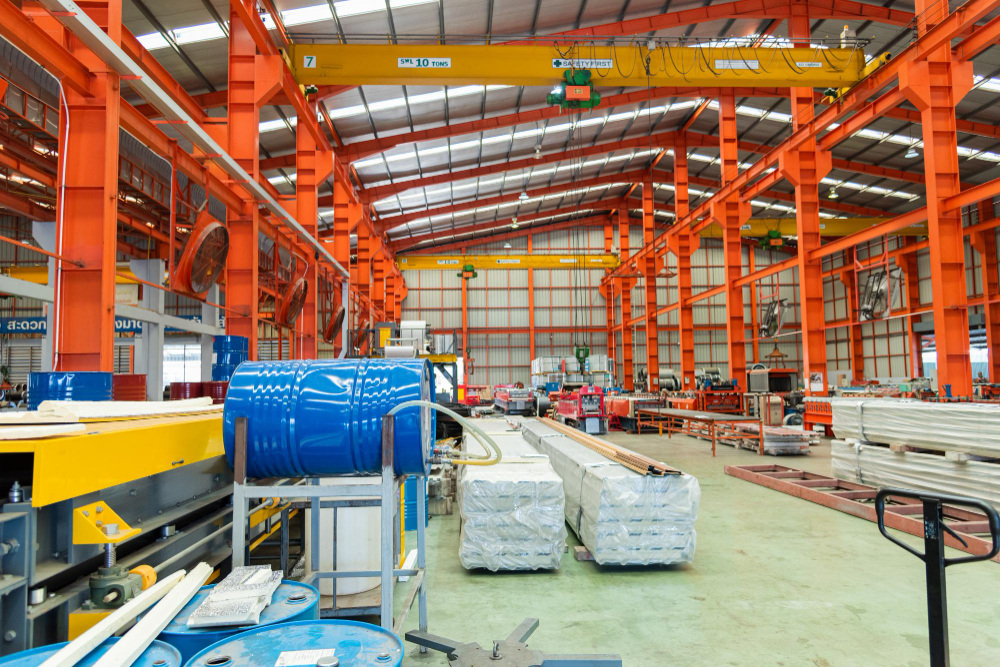Why Romanian Suppliers Belong on Your Radar: Export Capabilities You Should Know
Discover how Romania’s expanding export infrastructure, strategic EU integration and industrial strengths make it an attractive sourcing region.


Romania is becoming an increasingly relevant sourcing destination for buyers and acquisition managers who want reliable suppliers, competitive pricing, European standards, and convenient logistics. Although still overlooked compared to Poland, Turkey or Hungary, Romania’s export capabilities have grown significantly over the last decade, driven by industrial expansion, higher-value manufacturing and deeper integration into European supply chains. Below you will find the essential facts that matter when evaluating Romania as a sourcing partner.
Romania’s total exports of goods reached approximately 100 billion USD in 2024, continuing the upward trajectory seen in recent years. Exports of goods and services consistently represent between 31% and 35% of Romania’s GDP, indicating a solidly export-oriented economy. For a buyer, this means Romanian companies are already accustomed to international compliance, customs processes and the operational realities of cross-border trade.
Romania’s export structure is dominated by higher-value industries. Electrical machinery and equipment account for nearly 18% of total exports, followed closely by vehicles and auto components at around 17%. Machinery, computers and industrial equipment also contribute more than 10%. Combined, machinery and transport equipment represent nearly half of Romania’s exports. This structure shows that Romania is not only producing low-tech or commodity products, but is deeply involved in advanced, value-added manufacturing. Many companies operate under EU technical certification regimes, work with multinational OEMs and follow strict quality control standards.
European markets remain Romania’s primary export destinations. More than 70% of exports go to EU countries, with Germany, Italy and France leading the list. For buyers within the EU, this represents an important advantage: stable logistics corridors, predictable transit times, harmonised regulations and smooth administrative processes. For buyers outside Europe, it means Romanian suppliers already meet high regulatory thresholds and quality systems, although longer shipping routes must be considered.
Romania also benefits from competitive operational costs compared to Western Europe while still offering the full infrastructure of an EU member state. Ports, industrial zones, transportation corridors and digital infrastructure continue to improve. The Port of Constanța serves as a major Black Sea hub and has undergone upgrades to strengthen Romania’s role in regional logistics.
However, buyers should be aware of several considerations. Romania continues to run a trade deficit, reflecting reliance on imported components for certain industries. This is typical for countries integrated into European production chains. Romania’s export markets remain concentrated in Europe, so buyers from Asia, the Middle East or the Americas should check each supplier’s experience in long-distance shipping. Certain industrial niches are more mature than others; therefore, due diligence, quality verification and capability assessment remain essential.
For buyers who want to explore Romanian suppliers efficiently, Romanian-Supplier.com offers a structured way to identify export-ready companies, compare capabilities, filter by industries, certifications and markets served, and understand the strengths of different suppliers. Instead of searching blindly, buyers gain access to a growing ecosystem of Romanian manufacturers positioned for international trade.
Romania’s export performance demonstrates experience, resilience and readiness for global partnerships. With a strong manufacturing base, EU-standard compliance, strategic geography and competitive costs, Romania deserves attention as a sourcing destination for companies seeking diversified, reliable and cost-efficient suppliers. Romanian-Supplier.com is designed to help buyers navigate this landscape, verify suppliers and confidently build new partnerships that strengthen global supply chains.
Tags

About Maria Popescu
Industrial analyst with 15+ years experience in European manufacturing markets.
